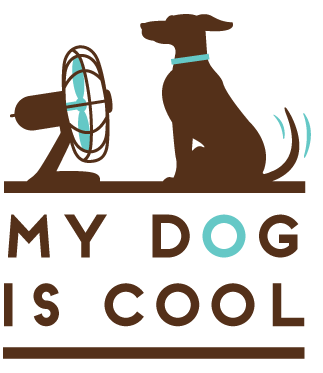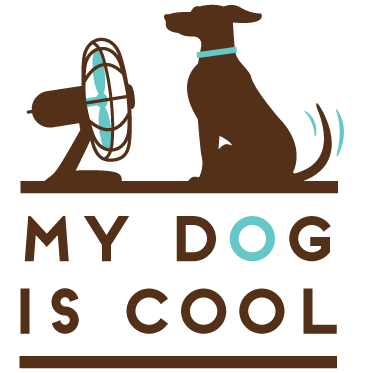What Do I Do?
- Note the make/model of the vehicle, license plate number and its specific location. Note a description and condition of the dog(s). Quickly use your smart phone or camera to film the situation, especially if any signs of distress are observed (see below). Also note the time and outside temperature if you have access to that information.
- Call the local animal control agency or police. If you don’t have the local numbers, call 911. Along with getting help, this will create a “record” of the event (311 can also route you to the best agency to help).
- Some locations, such as malls, amusement parks or casinos, will have on-site security that may be able to help take action sooner then first responders can arrive.
- Ask clerks at nearby stores/venues to make announcements using the vehicle’s make/model to locate the dog’s guardian.
- Return to the vehicle to monitor the dog’s condition and help responding authorities locate the vehicle.
- If you need to take immediate action to save the dog’s life and remove the animal from the car, make sure you’ve gathered as much evidence of the situation and dog’s condition as you can, including involving near-by witnesses. Remember this is a last resort if it looks like the animal won’t live until officers arrive – even if you save the animal, you might still be charged with a crime and face repercussions in the majority of states.
Signs an animal is in heat-related distress:
- Anxiety
- Wide eyes
- Fervent barking as if in distress
- Intense scratching or digging at windows or doors trying to escape
- Excessive panting with exaggerated long tongue
- Extreme drooling, salivating
- Change in color of the gums (blueish purple, bright red or pale from lack of oxygen)
- Increased heart rate
- Labored or trouble breathing
- Disorientation, stumbling or poor coordination
- Diarrhea or vomiting
- Collapse or loss of consciousness
- Seizure
- Respiratory arrest
- Coma

Four dogs died in a hot car while the fifth had to be euthanized by a veterinarian after suffering irreparable injuries due to heat exhaustion. The dogs’ guardian claims to have left the vehicle running and the air conditioner on for the dogs.
A dog in distress from heat stroke (a form of hyperthermia) is a medical emergency! Remember minutes matter as dogs can suffer heatstroke, including irreversible damage and even death, in short amount of time. And by the time you come across the dog, you won’t be able to know how long he or she has been in that situation.
Dogs rescued from hyperthermia should be taken to a veterinary clinic as soon as possible. This is a life-threatening emergency. In the meantime, remove the dog from the hot conditions and move the dog into a cooler, preferably air-conditioned, area. Wet the dog’s paws and coat with room temperature water. Aim a fan at the dog, or fan the dog manually with a paper. Provide water for drinking, but do not force drinking or douse with ice water (water that’s too cold can restrict the blood flow and inhibit cooling down).
What is the law?
At least 15 states and many municipalities have laws that specifically address the problem of animals left in cars in extreme temperatures. These laws often authorize law enforcement officials to enter a vehicle and remove the animal. Even in states without these provisions, many consider leaving an animal in an enclosed hot car to be animal cruelty and numerous news stories report the dog’s guardian getting charged for animal cruelty for leaving their dog in the car, even if the dog turns out to be OK.
The laws for breaking a window or trespassing on private property (a vehicle) to remove an animal (still seen as property in the eyes of the law) are much more vague. A few of the states that have hot car provisions do authorize animal control officers and law enforcement to break into a vehicle if they think the dog is in danger of dying. But even in stats without this provision, officers are in a better position to take crucial action to save a dog’s life without fear of repercussion. That’s why it is so important to call 911 right away if you see a dog in a hot car. Remember, minutes matter!


